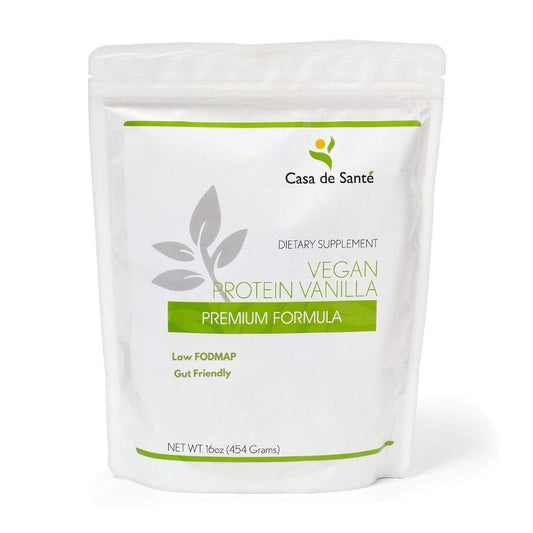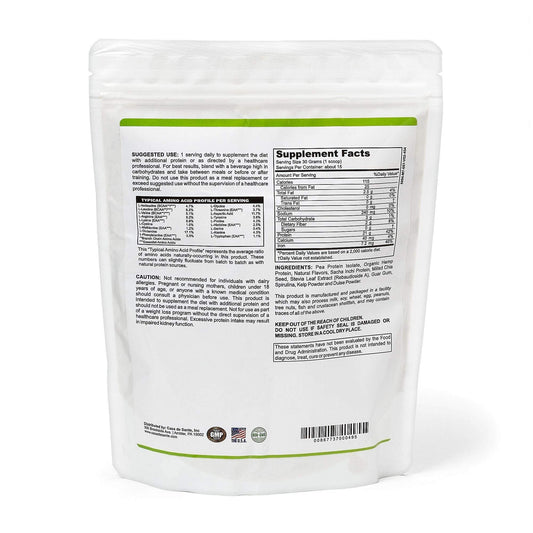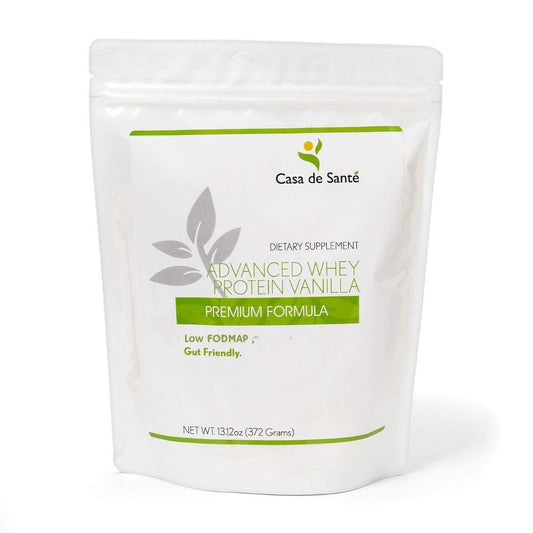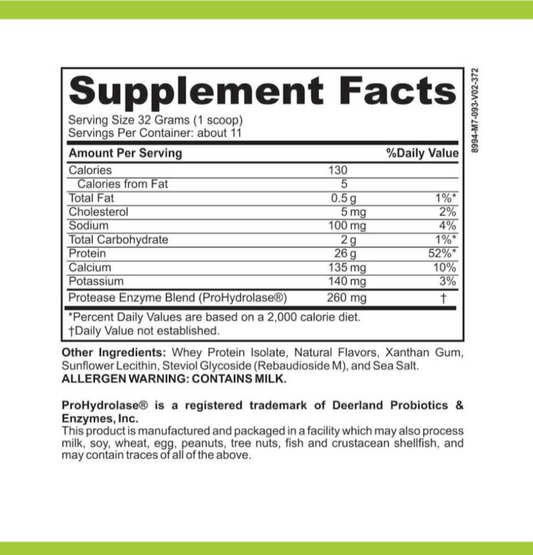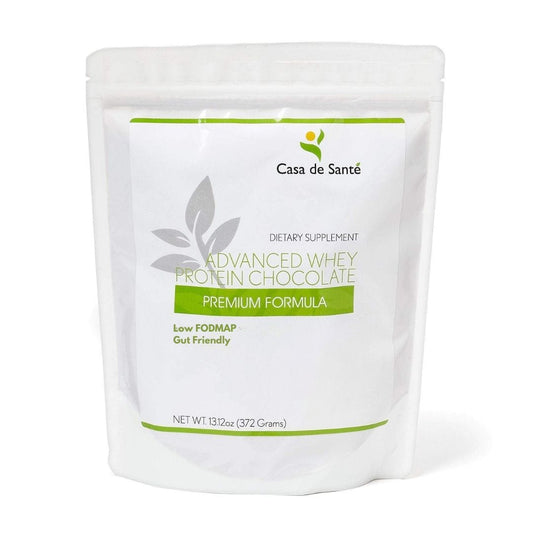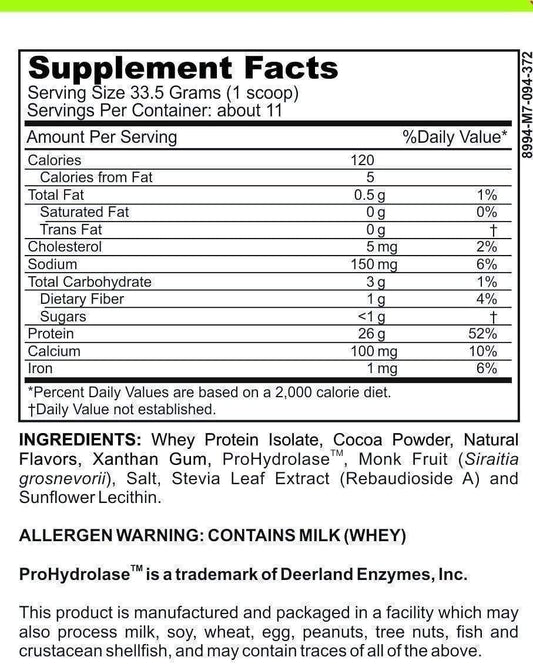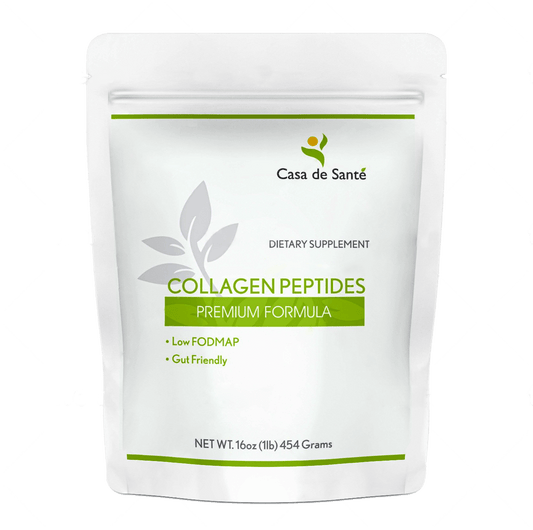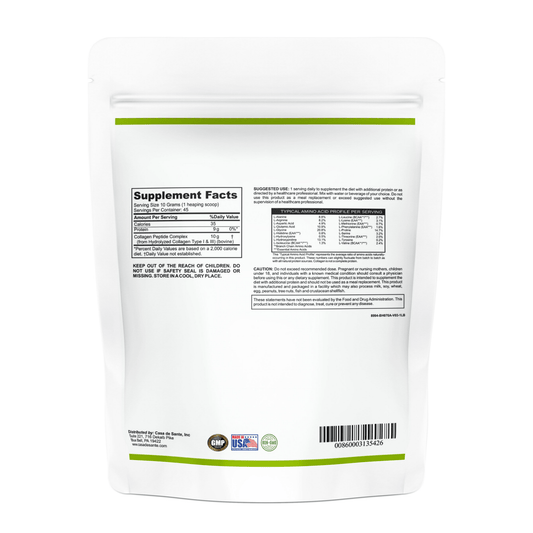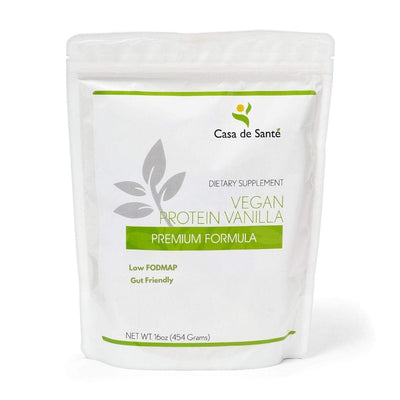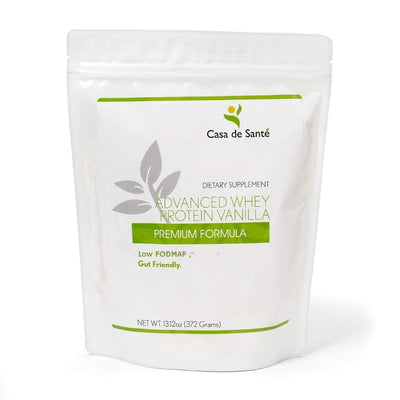Does Pea Protein Have Lectins
Does Pea Protein Have Lectins
Pea protein has gained popularity as a plant-based protein source in recent years. However, there are concerns regarding the presence of lectins in pea protein and their potential health implications. In this article, we will explore the role of lectins in the human body, analyze the lectin content in pea protein, and discuss the health implications of lectins in pea protein. Additionally, we will provide information on alternative plant-based protein sources and compare pea protein with other protein sources.
Understanding Lectins: An Overview
Lectins are a diverse group of proteins found in many foods, including plants, animals, and microorganisms. They serve various biological functions, such as cell adhesion, cell signaling, and defense against predators. While lectins offer certain benefits, some individuals may have sensitivities or intolerances to specific types of lectins.
When it comes to understanding lectins, it is important to delve deeper into their structure and function. Lectins are carbohydrate-binding proteins that can be found in various foods, including legumes, grains, and fruits. They bind to specific sugar molecules on the surface of cells, initiating a range of cellular responses.
The Role of Lectins in the Human Body
Lectins play a crucial role in human health by assisting in cell-to-cell communication, modulating the immune system, and aiding in digestion. These proteins act as messengers, facilitating important interactions between cells and helping to maintain the overall balance and functioning of the body.
One of the key functions of lectins is their ability to modulate the immune system. They can stimulate the production of cytokines, which are small proteins that play a vital role in regulating immune responses. By influencing the immune system, lectins help the body defend against pathogens and maintain a healthy immune response.
In addition to their role in immune modulation, lectins also aid in digestion. They can bind to carbohydrates in the gut, facilitating the breakdown of complex sugars and promoting efficient nutrient absorption. This process is particularly important for individuals who consume a plant-based diet, as lectins are abundant in many plant foods.
While lectins play important roles in the body, it is worth noting that some lectins have been associated with adverse health effects. Certain lectins, such as those found in raw kidney beans, can be toxic if consumed in large quantities or not properly prepared. These lectins can interfere with the normal functioning of cells and cause gastrointestinal discomfort.
Furthermore, some individuals may have specific sensitivities or intolerances to certain types of lectins. For example, individuals with celiac disease may be sensitive to gluten, a type of lectin found in wheat, barley, and rye. Consuming gluten can trigger an immune response in these individuals, leading to damage to the small intestine and various symptoms.
In conclusion, lectins are a diverse group of proteins that play important roles in the human body. They assist in cell-to-cell communication, modulate the immune system, and aid in digestion. While lectins offer various benefits, it is crucial to be aware of potential sensitivities or intolerances to specific types of lectins. By understanding lectins and their functions, individuals can make informed dietary choices and ensure optimal health and well-being.
The Composition of Pea Protein
Pea protein is derived from yellow peas and is a complete protein, meaning it contains all essential amino acids required by the body. It is also highly digestible and suitable for individuals with dietary restrictions, such as those following a vegan or vegetarian diet.
Yellow peas, also known as Pisum sativum, are a type of legume that have been cultivated for thousands of years. They are rich in protein, fiber, and various vitamins and minerals. The protein content of yellow peas can range from 20% to 30%, making them an excellent source of plant-based protein.
One of the key advantages of pea protein is its amino acid profile. It contains all nine essential amino acids, including leucine, isoleucine, and valine, which are important for muscle growth and repair. These amino acids are crucial for the synthesis of muscle proteins and can help support athletic performance and recovery.
Nutritional Profile of Pea Protein
In addition to being a complete protein, pea protein offers several other nutritional benefits. It is low in saturated fat and cholesterol, making it a healthier alternative to animal-based proteins. It is also free from common allergens, such as dairy, soy, and gluten, making it suitable for individuals with food sensitivities or allergies.
Pea protein is rich in essential minerals, including iron, magnesium, and zinc. Iron is essential for the production of red blood cells and oxygen transport in the body, while magnesium plays a crucial role in muscle function and energy metabolism. Zinc is involved in various enzymatic reactions and supports immune function.
Furthermore, pea protein is a good source of dietary fiber, which can help promote digestive health and regulate blood sugar levels. The fiber content in pea protein can vary depending on the processing method, with some products containing up to 5 grams of fiber per serving.
The Process of Extracting Pea Protein
The extraction process of pea protein involves several steps to isolate and concentrate the protein content. First, the yellow peas are harvested and cleaned to remove any impurities. Then, they are milled into a fine powder to break down the cell walls and release the protein.
After milling, the pea protein is separated from the other components of the peas, such as starch and fiber. This can be done through various methods, including centrifugation, filtration, and precipitation. These techniques help concentrate the protein content, ensuring a higher protein yield.
One of the challenges in extracting pea protein is removing lectins, which are naturally occurring proteins found in legumes. Lectins can be harmful if consumed in large quantities, as they can interfere with the absorption of nutrients and cause digestive issues. However, most commercial pea protein products undergo additional processing steps, such as heat treatment or enzymatic hydrolysis, to reduce lectin content and improve digestibility.
Once the pea protein is isolated and purified, it can be further processed into various forms, such as powders, concentrates, or isolates. These different forms offer varying protein concentrations and can be used in a wide range of food and beverage applications, including protein shakes, bars, and plant-based meat alternatives.
In conclusion, pea protein is a versatile and nutritious plant-based protein source. It offers a complete amino acid profile, is low in saturated fat and cholesterol, and is suitable for individuals with dietary restrictions. The extraction process of pea protein involves several steps to isolate and concentrate the protein content, ensuring a high-quality product for consumers.
The Presence of Lectins in Pea Protein
Pea protein has gained popularity as a plant-based protein source due to its high nutritional value and versatility. However, concerns have been raised about the presence of lectins in peas and their potential impact on human health. Lectins are a type of protein that can bind to cell membranes and interfere with normal cellular function.
While peas naturally contain lectins, the extraction process significantly reduces the lectin content in pea protein isolates. This means that pea protein isolates typically have lower lectin levels compared to whole peas or other legume-based products. This reduction in lectin content is achieved through various processing techniques, including soaking, grinding, and filtering.
Analyzing the Lectin Content in Pea Protein
Researchers have conducted studies to analyze the lectin content in different pea protein isolates. These studies have shown that pea protein isolates have minimal levels of lectins, making them safe for consumption for the majority of individuals. The extraction process effectively removes a significant portion of the lectins present in the peas, ensuring that the final product is free from excessive lectin content.
Furthermore, the lectin content in pea protein isolates is often well below the threshold that could cause adverse effects in humans. These findings provide reassurance to individuals who may have concerns about consuming pea protein due to lectin-related issues.
How Cooking and Processing Affects Lectin Levels
Cooking and processing methods also affect lectin levels in food. Properly cooking pea protein, such as boiling or heating, further reduces the lectin content, making it even safer for consumption. This process breaks down the lectin proteins, rendering them less harmful to the body.
Moreover, the extraction process used to produce pea protein isolates involves heat treatment, which contributes to the reduction of lectin levels. The heat denatures the lectin proteins, altering their structure and reducing their ability to bind to cell membranes. As a result, the lectin content in pea protein isolates becomes significantly lower than that in raw peas.
It is important to note that the cooking and processing methods employed should be appropriate to ensure the complete breakdown of lectins. Inadequate cooking or processing may not effectively reduce lectin levels, potentially leading to adverse effects in sensitive individuals.
In conclusion, while peas naturally contain lectins, the extraction process significantly reduces the lectin content in pea protein isolates. Studies have shown that pea protein isolates have minimal levels of lectins, making them safe for consumption. Cooking and processing methods further reduce the lectin content, ensuring that pea protein is a safe and nutritious option for individuals seeking plant-based protein alternatives.
Health Implications of Lectins in Pea Protein
While pea protein isolates have lower lectin levels, it is essential to understand the potential health benefits and risks associated with consuming lectins in general.
Potential Health Benefits and Risks
Lectins, in moderate amounts, can provide benefits such as improving gut health and reducing the risk of certain diseases. However, some individuals may experience adverse effects or have sensitivities to specific types of lectins. It is recommended to consume a diverse diet and listen to your body's response to various foods.
Dietary Considerations for People with Lectin Sensitivity
Individuals with lectin sensitivities or specific health conditions may choose to limit or avoid foods high in lectins, although research on lectin sensitivity is still emerging. It is advised to consult with a healthcare professional or registered dietitian for personalized dietary recommendations.
Alternatives to Pea Protein
If you have concerns about consuming pea protein due to its lectin content or personal preferences, there are various alternative plant-based protein sources available.
Other Plant-Based Protein Sources
Plant-based proteins such as soy, hemp, rice, and quinoa offer different nutritional profiles and can be incorporated into your diet to meet your protein needs. Each protein source has its advantages and disadvantages, so it is beneficial to explore different options and find what suits your individual preferences and dietary requirements.
Comparing Pea Protein with Other Protein Sources
When comparing pea protein with other plant-based protein sources, it is important to consider factors such as protein content, amino acid profile, digestibility, and overall nutritional quality. By evaluating these factors, you can determine which protein source aligns best with your health and dietary goals.
Conclusion
In conclusion, pea protein isolates generally have lower levels of lectins compared to whole peas or other legume-based products. Proper cooking and processing methods further reduce the lectin content, making pea protein isolates safe for consumption for the majority of individuals. However, it is crucial to consider your individual health needs and dietary preferences when choosing protein sources. If you have concerns about consuming pea protein due to lectin content or personal preferences, there are alternative plant-based protein sources available that can meet your nutritional requirements. Always consult with a healthcare professional or registered dietitian for personalized dietary recommendations.

